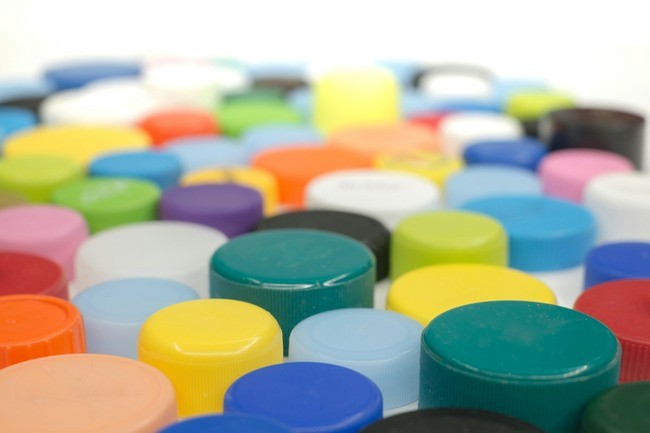The global search for information about the origins, distribution, and potential effects of nanoplastics on ecosystems and human health has been sparked by the growing worry that these tiny particles pose to the environment. Now that the term "microplastics" has become well-established in scientific discourse, the focus has shifted to these extremely small plastic particles-less than 1000 nm-that are coming according to increasing public and scientific scrutiny.

The Rising Tide of Nanoplastics
Two decades ago, when Richard Thompson at the University of Plymouth conducted a groundbreaking study that initially raised awareness of microplastics, scientists dramatically increased the number of studies conducted by scientists into their smaller equivalents. Even though they don't have a formal term, nanoplastics are tiny plastic particles widely present in the environment and may have negative effects.
The widespread distribution of nanoplastics has been highlighted by recent research, which has produced startling results showing that they are present everywhere-from far-flung mountain tops to commonplace items like teabags and bottled water. The discovery that these little pieces of plastic are everywhere has made it even more important to comprehend these fragments' ecological and health effects.
Analytical Difficulties and Perspectives
Even though the problem of nanoplastic contamination is becoming more prominent, identifying these almost invisible particles is still very difficult. Analytical methods that show the composition and shape of nanoplastics include optical microscopy and pyrolysis gas chromatography-mass spectrometry (GC-MS). Although these methods are present, more creative solutions are needed to circumvent analytical roadblocks.
Oligomers, a different kind of nanoparticle pollution that scientists have found difficult to distinguish from, can make it more difficult to identify nanoplastics accurately. Technological developments in spectroscopy, such as infrared (IR) and Raman spectroscopy, can help identify nanoplastics better by elucidating their chemical makeup. Initiatives to upgrade spectroscopic libraries and track the temporal evolution of nanoplastics also offer significant avenues for boosting analytical precision.
Tracking Nanoplastics in the Environment
Researchers are working to map the movements of nanoplastics across ecosystems to shed light on their fate and effects on living things, going beyond lab assessments. Innovations like doping nanoplastics with metals allow easier tracking in lab environments, providing information on persistence and transit. Evidence of nanoplastics inside organisms-like water, provides crucial hints regarding the possible ecological effects of these materials.
The CUSP cluster is researching micro- and nanoplastics' impacts on human health. Their work includes studying how these plastics enter and affect the body, developing detection technologies, and exploring cellular and molecular toxicity. Collaborative efforts span toxicology, environmental science, chemistry, and public health, aiming to reduce human exposure and inform policy. Key projects focus on health risks, bioaccumulation, and developing safer materials. These institutions drive critical advancements in understanding and mitigating the effects of microplastic pollution.
Many issues remain regarding the toxicity and bioaccumulation of these nanoplastics. Although evidence exists that microplastics impair aquatic life, worries about nanoplastics' potential to harm humans and their capacity to pass through biological barriers persist. Even as research efforts rise, public awareness and government supervision remain crucial for safeguarding the environment and public health. As scientists explore this unexplored area, our need to protect the environment and human health forces us to address the riddle of nanoplastics head-on and pave the way for a healthier, cleaner future.
RELATED ARTICLE: Microplastics and Nanoplastics Transferred During Cell Division Linked to Tumor Metastasis in Gastrointestinal Cancer Cells
Check out more news and information on Plastic Pollution in Science Times.
© 2025 ScienceTimes.com All rights reserved. Do not reproduce without permission. The window to the world of Science Times.












